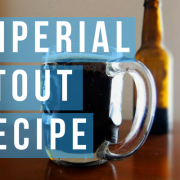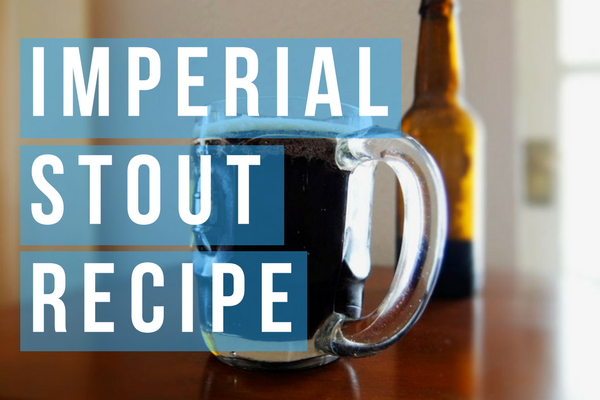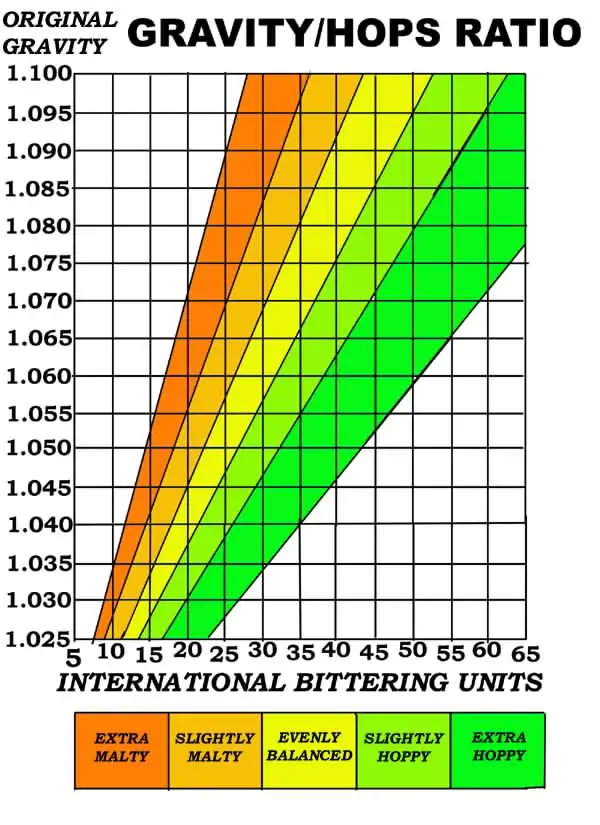Imperial Stout Recipe – Big, Bold & Delicious
There are some beer styles that really stick out from the norm. Imperial Stouts are one of those beer styles that elevates beer as a drink to something higher. There is plenty of history that surrounds Russian Imperial Stouts, enough to fill a book, but all I know is that brewing one yourself is a lot of fun and you are almost always guaranteed a complex, highly flavourful beer that will have youevery last sip.
Table of Contents
The Russian Imperial Stout
I am by no means an authority on the history or provenance of beer. In fact, my primary concern is how a beer tastes more than anything. If you were wondering where the Russia comes from in Russian Imperial Stout come from though I shall explain. Originally these stouts were brewed in England for export to Russia during the 18th century.
The way an imperial stout tastes and was brewed was largely defined because it was being exported to a far off market. To survive the journey from England to the Imperial courts of Russia without spoiling the beer needed to be stronger (between 8 – 12% ABV), more bitter and able to resist bacteria whilst stored in barrels during a long voyage.
If you want to read more about the history and origins of this style of beer then I would highly recommend the book Brewing Stouts and Porters: Origins, History, and 60 Recipes for Brewing Them at Home Today by Terry Foster.
A Big Beer With Big Flavour
Russian imperial stouts a big beers, ranging between 8 – 12% if not more in ABV. In many cases the fermentables come from malt with occasionally sugar being added to bump up the alcohol content. Beers with such large grain bills ramp up the flavour to whole new levels.
There is so much going on in the flavour, aroma and mouthfeel of an Imperial stout. There is bag loads of malt character coming through from often complex malt bills that include large portions of speciality malts. Along with this though is the big presence of alcohol which adds another dimension to the palate.
Imperial stouts really do showcase the range of flavours that you can achieve with a large malt bill. Flavours ranging from chocolate, coffee and burnt tar like flavours through to currants, berries and plum notes. The higher starting gravity also means there is often a residual sweetness in the finished stout that add a layer caramel sweetness over everything.
Imperial Stouts Love Roasted & Specialty Malts
The colour of most imperial stouts is very dark to pitch black with a tan or even dark brown head. Roasted malts and grains that contribute bags of flavour are also reflected in the colour.
When browsing for Russian Imperial stout recipes you will often find malt bills that contain 6 – 8 malts or more. Each recipe trying to pack in more and more flavour with generous quantities of each. Amber, black and brown malts along with crystal malts and roasted barley are all utilised to bolster a pale malt backbone.
Imperial stouts can have a tendency for higher final gravities so my preference is to be subtle with the crystal malts and generous with malts like amber and black malt to keep the sweetness from becoming too cloying.
Imperial Stout Bitterness
Strong beers with high gravities need more hops to balance them. This can be visualised in the graph below.
The graph indicates that the higher the starting gravity of the beer the more bittering units or hops are needed to balance the beer.
As most Imperial stouts are on the higher end of strength out of most beer styles we need to increase the bitterness to balance the high ABV.
Aroma hops can are a personal preference here. Many traditional imperial stout recipes have just a bittering addition of hops and little to no aroma additions. Newer interpretations, however, take a slightly more modern approach and have large doses of aroma hops or even dry hops which heap on the flavour of an already complex beer.
Imperial Stout Recipe
Imperial Stout - Russian Imperial Stout
================================================================================
Batch Size: 19.000 L
Boil Size: 23.510 L
Boil Time: 60.000
Efficiency: 70%
OG: 1.106
FG: 1.021
ABV: 11.0%
Bitterness: 56.9 IBUs (Tinseth)
Color: 33 SRM (Morey)
Fermentables
================================================================================
Name Type Amount Mashed Late Yield Color
Pale Malt (2 Row) UK Grain 6.000 kg Yes No 78% 3 L
Brown Malt (British Chocolate) Grain 300.000 g Yes No 70% 65 L
Munich Malt Grain 500.000 g Yes No 80% 9 L
Roasted Barley Grain 200.000 g Yes No 55% 300 L
Black (Patent) Malt Grain 100.000 g Yes No 55% 500 L
Chocolate Malt (UK) Grain 100.000 g Yes No 73% 450 L
Wheat, Torrified Grain 400.000 g Yes No 79% 2 L
Muntons DME - Light Dry Extract 1.200 kg No No 95% 4 L
Total grain: 8.800 kg
Hops
================================================================================
Name Alpha Amount Use Time Form IBU
Target 10.5% 80.000 g Boil 60.000 min Leaf 55.7
Fuggles 4.5% 20.000 g Boil 5.000 min Leaf 1.2
Yeast
================================================================================
Name Type Form Amount Stage
Danstar - Nottingham Ale Dry 11.001 mL Primary
Mash
================================================================================
Name Type Amount Temp Target Time
Infusion 19.000 L 74.000 C 65.000 C 0.000 s
Final Batch Sparge Infusion 12.000 L 90.047 C 74.000 C 15.000 min






Leave a Reply
Want to join the discussion?Feel free to contribute!